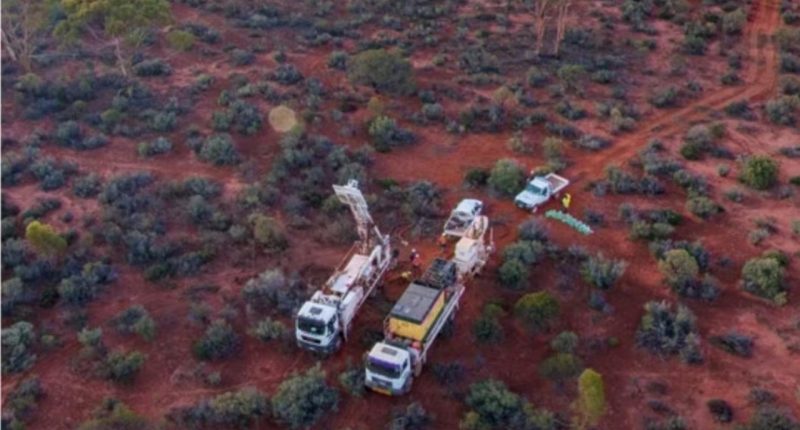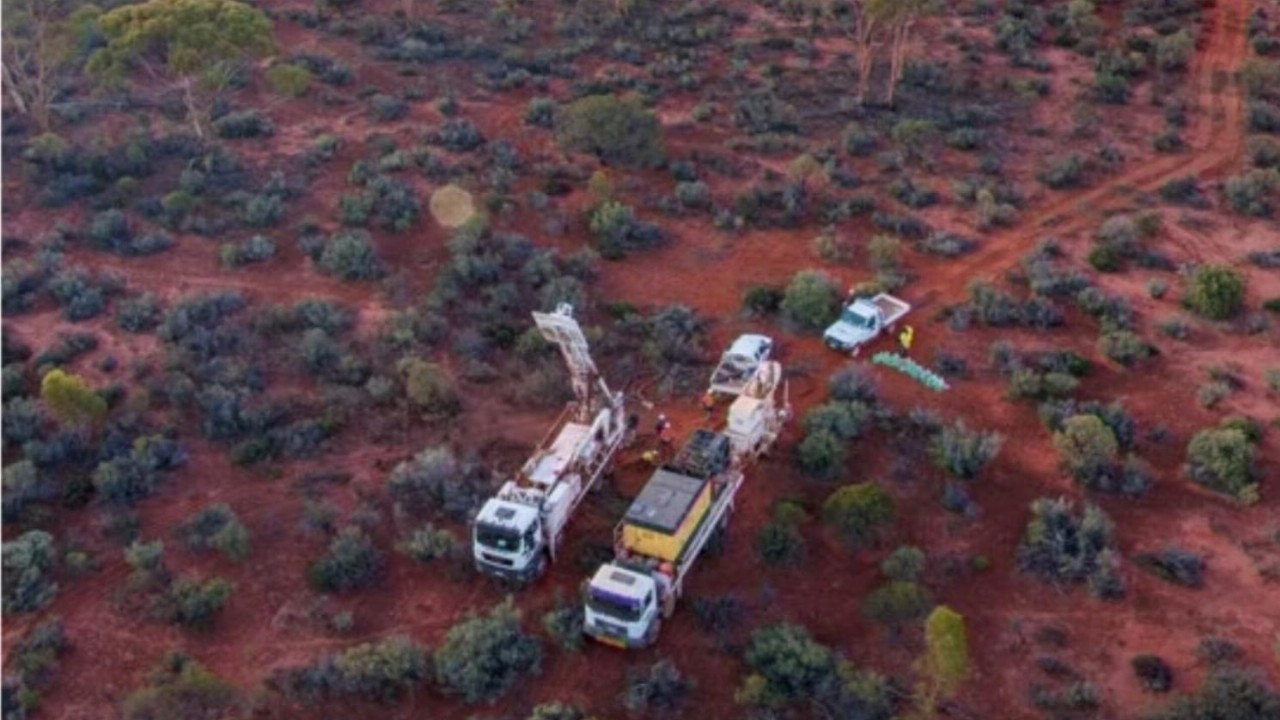- Buru Energy (BRU) detects hydrocarbon shows within the Rafael-1 well in the Canning Basin of Western Australia
- A detection unit detected up to 4.9 per cent hydrogen in the well, up to two per cent hydrogen in the zone with mudgas hydrocarbons, as well as helium at low concentrations
- Buru says it didn’t expect to find hydrocarbon shows with helium and hydrogen content above background in the Anderson Sandstone
- The company says it indicates there’s an active petroleum system and valid trapping mechanism at the Rafael location and it will be further evaluated
- Company shares are up 4.17 per cent to trade at 12.5 cents
Buru Energy (BRU) has drilled the Rafael-1 well in a 12¼-inch (311 millimetre) hole to the
planned section depth of 3500 metres.
The well is located in Exploration Permit EP428 in the Canning Basin in northwest
Western Australia. The energy stock owns a 50 per cent interest in the well with the other half owned by Origin Energy (ORG).
Buru said the operation is travelling as planned to complete the running and cementing of the 9⅝-inch (244 millimetre) casing.
While there hasn’t been any major rig delays or downtime, the rate of penetration has been slow due to encountering a thicker section in the Anderson Formation than expected. But, the company expects drilling rates moving forward will increase in the smaller hole size and different formations.
The Rafael-1 well will then be drilled ahead in an 8½-inch (216 millimetre) hole through the principal reservoir objective to a planned final total depth of about 4000 metres.
The basal section of the Anderson Sandstone had elevated mudgas indications of 10
times over background over the gross interval from a 3285-metre to 3429-metre drill depth. However, no material increases in drill rate were seen and subsequent wireline logging has confirmed the section is generally tight.
Buru said that despite the upper zone not having a producible reservoir, the structural closure may be capable of trapping hydrocarbons.
The hydrogen mudgas detection unit on the rig has also detected up to 4.9 per cent
hydrogen over small intervals shallower in the well, as well as up to two per cent hydrogen in the zone with mudgas hydrocarbons. It also detected helium at low concentrations but
significantly above background.
Executive Chairman Eric Streitberg commented on the hydrocarbon shows.
“The somewhat unexpected but very welcome presence of hydrocarbon shows with additional indications of above background helium and hydrogen content in the sandstones above the expected main reservoir section indicates that there is an active petroleum system and valid trapping mechanism at the Rafael location,” Mr Streitberg said.
The hydrogen indications demonstrate the widespread occurrence of natural hydrogen in the Canning Basin but will need to be further evaluated.
Company shares were trading up 4.17 per cent at 12.5 cents at 11:57 am AEDT.







